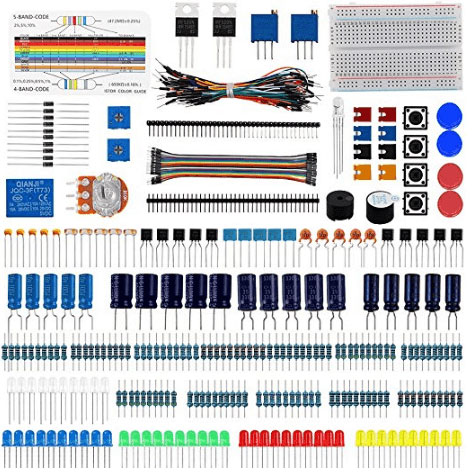From Hot to Not and then Hot again
How do engineers become interested in electronics? These days it is not very easy to guess, as electronics are not as many of us remember it. Older electrical engineers often got their first taste of electronics through exploring hobbies, working with amateur radio and playing with assembly kits.
In the 1970s and ‘80s, kids could satisfy their curiosity about everything electronic with the help of electronic kits, such as the Snapino. Kids could sit for hours and carefully connect wires onto circuit boards, figure out the workings of each component and then solder them for a perfect working end result.

However, by the 1990’s, most of the electronic kits were no longer being made. Integrated circuits were taking the place of individual components and surface-mount assembly was becoming far too complex.
Then the inception of the microprocessor kicked off a renewed interest in electronics. Computer design and build fascinated many but the trend was short-lived. The introduction of personal computers soon saw the interest to build your own fade quickly. Hobbyists were content to buy motherboard components to modify their computers and so the time of the computer blossomed.
It seemed the era of the hobbyist electrician was over until Eban Upton from the University of Cambridge came up with the Raspberry Pi computer. In 2006, Upton noticed that the students have little to no hands-on experience.
The Raspberry Pi deals with that problem efficiently and effectively. In essence, the little computer is equivalent to a smartphone in size. It is a hollow and cheap device with all the ports exposed that gets any hobbyist excited to experience. Free operating systems can be downloaded and installed on an ordinary SD memory card and if you did something wrong, simply insert a new memory card.
The possibilities are endless with what you can do with a Raspberry Pi. For example, you can install Linux and have a Python programming language environment. The Raspberry Pi device can even become a Windows-type browser. The true magic of the Raspberry Pi is that it allows you to innovate and not just replicate what you already know.
There are numerous devices on the market now that incorporate actuators, cameras, and sensors. And more recently, the emergence of 3D printers have awaked the enthusiasm of hobby builders and designers everywhere.
Emerging technologies and innovations have given rise to a much wider spectrum of fields the hobbyist can indulge in. The rising popularity and access to artificial intelligence (AI) information have awakened the excitement of many to start designing, building and assembling their own version of the technology.
Long gone are the days of the Snapino kits or sitting for hours soldering components. Now, hobby electronic enthusiast has access to a much wider spectrum of devices to indulge their interest. The electronic kits of old may not return but we could see a different version of it in software code in a new website.
Electronics Kits Before and Now – Video of this webpage
